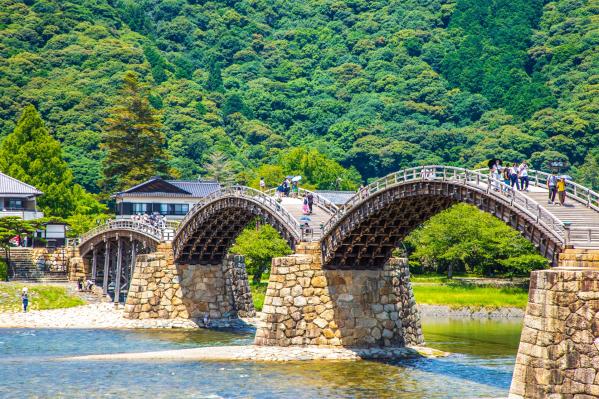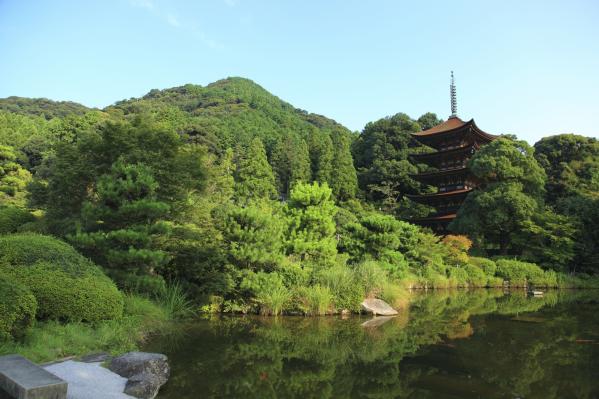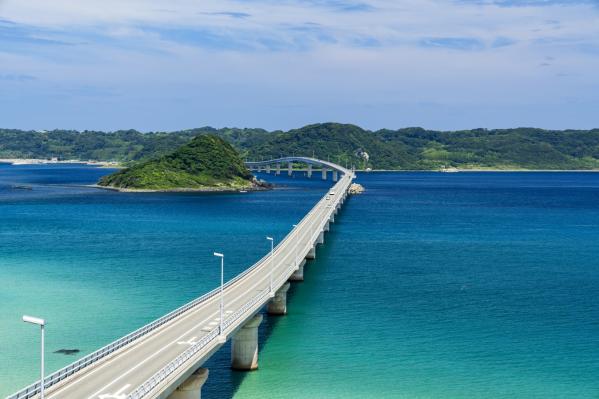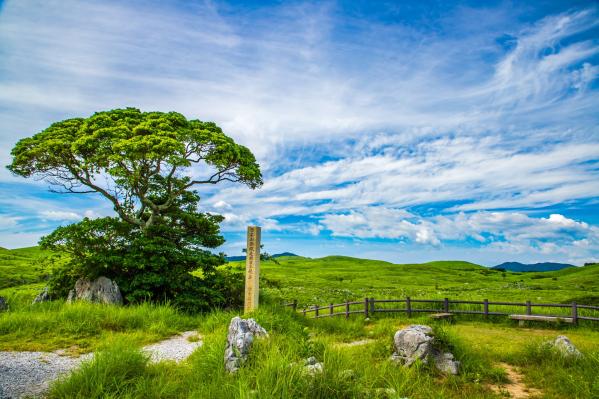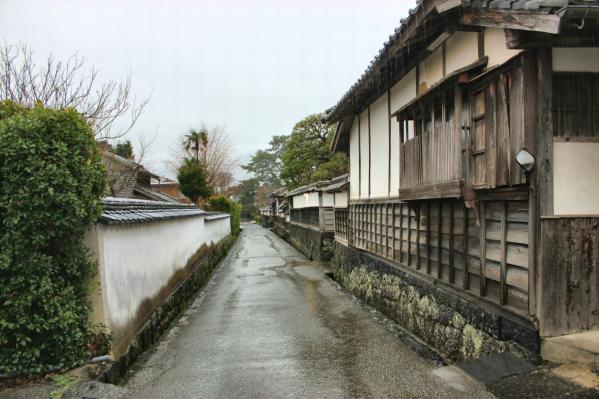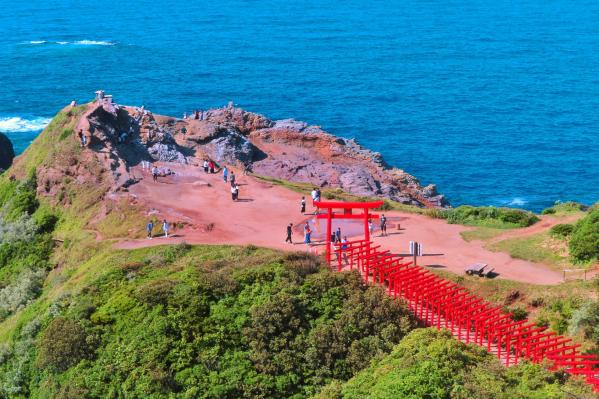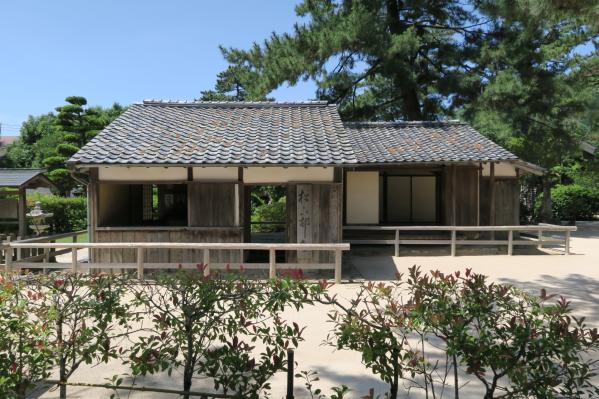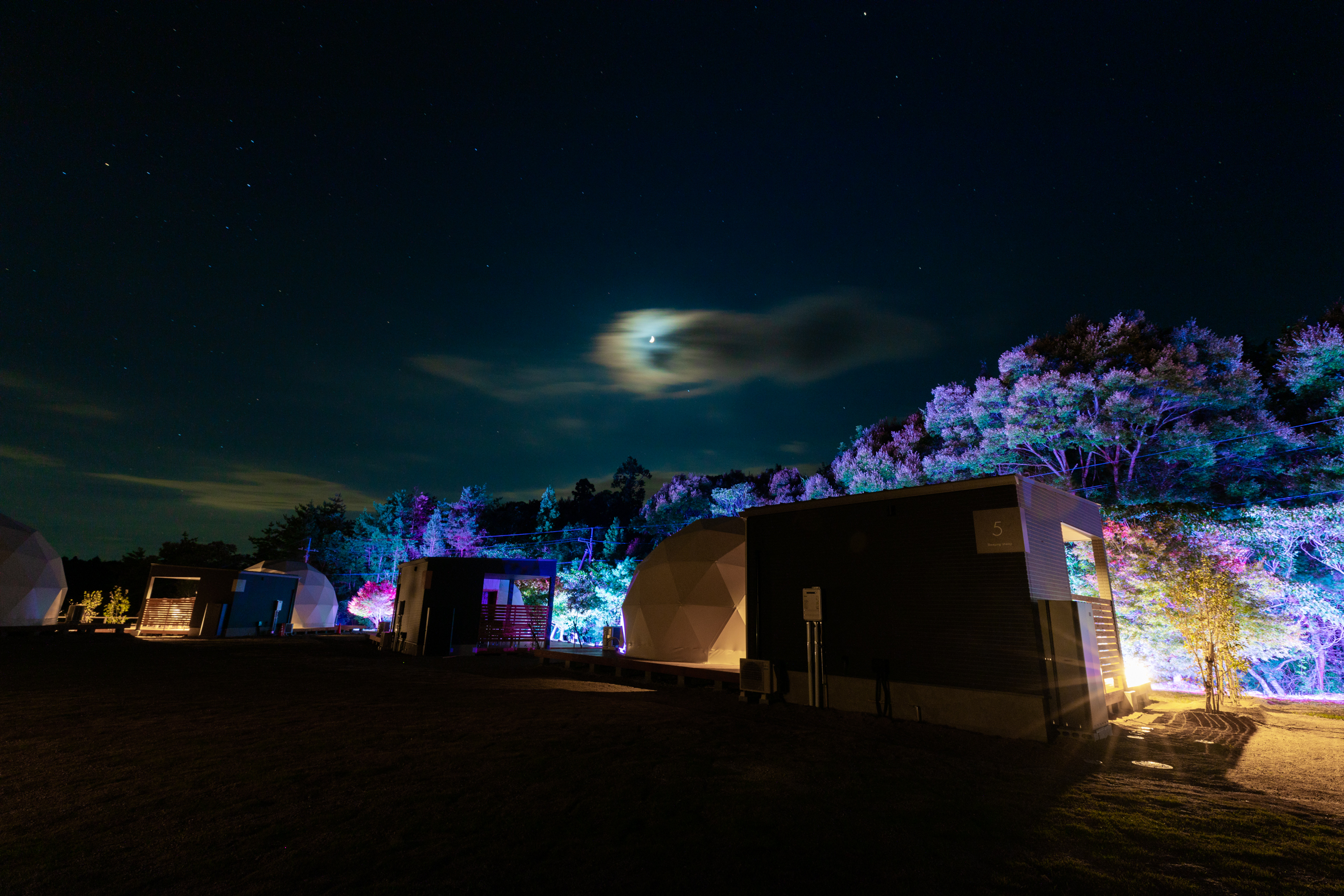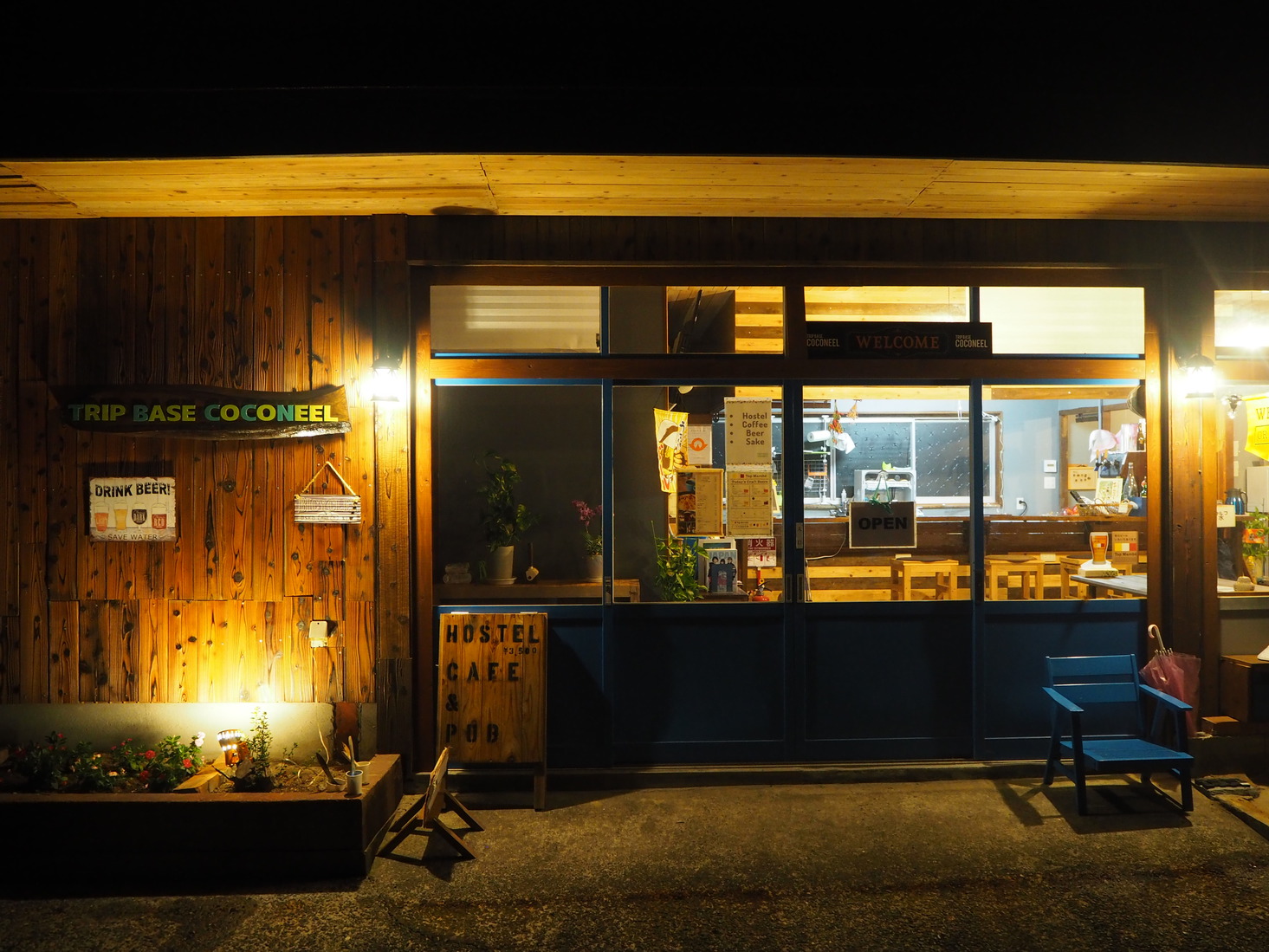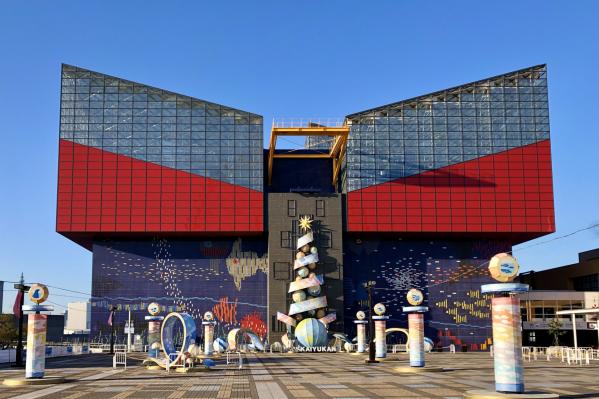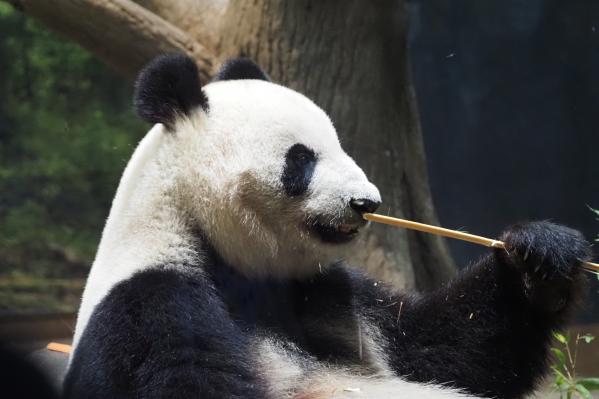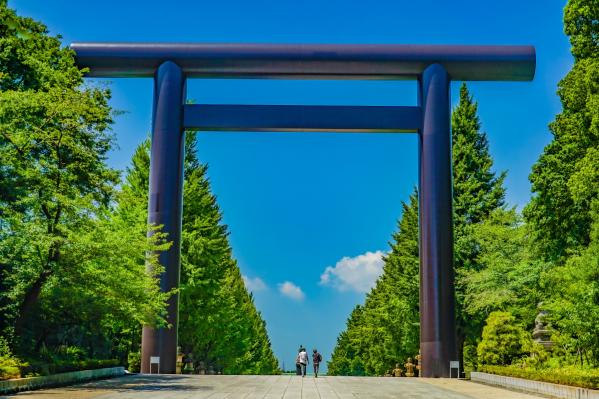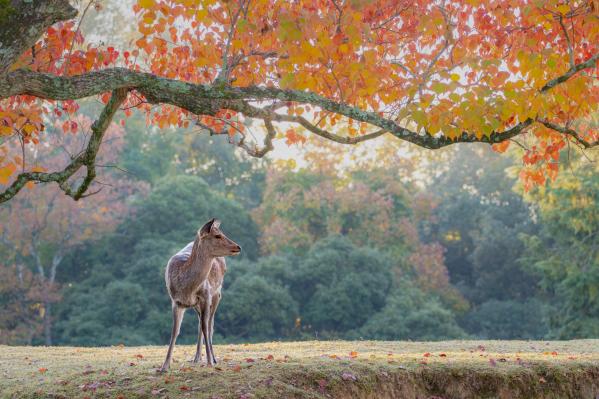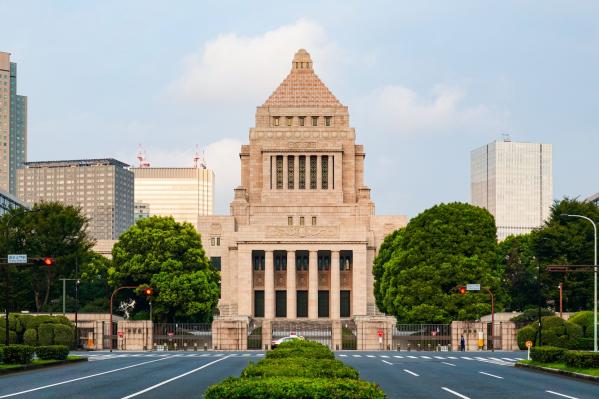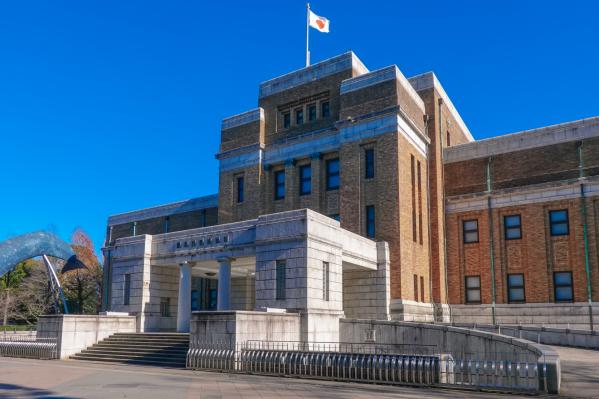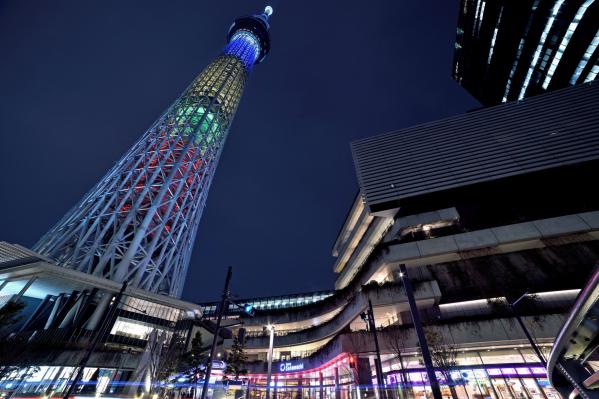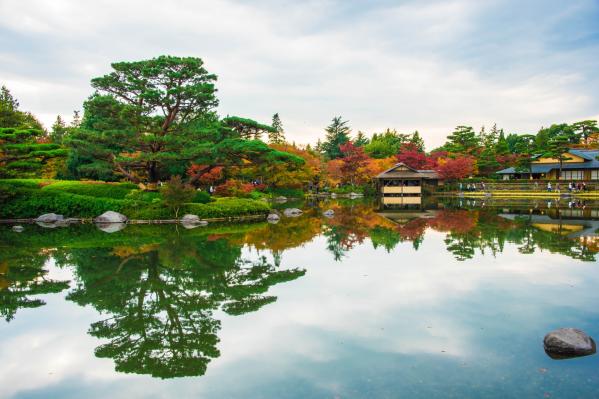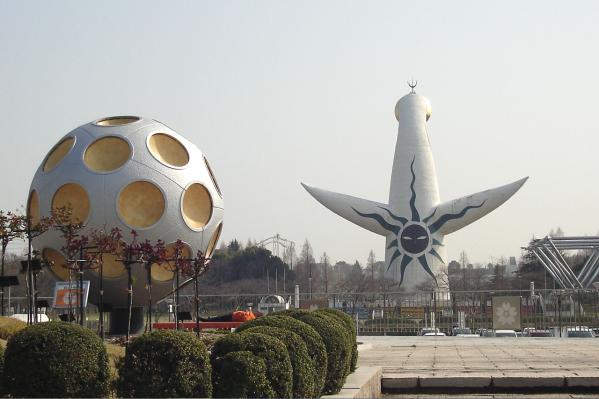Akiyoshi Cave
Akiyoshido is known for its stunning natural formations and has been designated a special natural monument. The cave features various formations of stalactites, among which the group known as "Hyakumai-zara" resembles beautiful terraced rice fields, making it a popular photo spot.
Another highlight is the "King of the Caves," a stalactite around 8 meters tall that takes on a monster-like shape, making it a must-see for Instagram enthusiasts. Additionally, the "300 Million-Year Time Tunnel" offers a highly entertaining experience, where visitors are captivated by light and sound displays.
For adventure lovers, there is also an "Adventure Course" available, which provides a thrilling experience climbing ladders and maneuvering through stalactites with a flashlight (additional fees apply).
Furthermore, visitors can enjoy the "Akiyoshido: Dark Romance Experience," where the cave's lighting is turned off, allowing exploration with just one flashlight. A mysterious experience awaits in the darkness (reservation required).
Akiyoshido Cave is filled with natural wonders and beauty, enchanting visitors with its seasonal landscapes throughout the year.
Basic Information
- Spot Name
- Akiyoshi Cave
- Location
- 〒754-0511 1-3449 Akiyoshi, Akiyoshi-cho, Mine City, Yamaguchi Prefecture, Japan
- Access
- About 40 minutes by bus from JR Shin-Yamaguchi Station to "Akiyoshido" (Akiyoshido Cave)
5 minutes by car from “Akiyoshidai IC” via the Chugoku Expressway “Mine East JCT” on the Ogori-Hagi Road. - Parking
- Near the main entrance:
- Municipal No.1 Parking Lot (200 cars)
- Municipal No.2 Parking Lot (300 cars)
One-time daily use: Regular cars 500 yen, motorcycles free (only in No.1 Parking Lot)
* Height limit of 2.5m
Near the Kuron谷 entrance:
- Regular cars 120 spaces, buses 10 spaces, both free
Near the elevator entrance:
- Regular cars 150 spaces, buses 2 spaces, both free - Business Hours
- 8:30 AM - 5:30 PM (last entry at 6:30 PM) from March to November (regular season)
8:30 AM - 4:30 PM (last entry at 5:30 PM) from December to February (off-peak season)
*Entry from the Kurodani entrance and the elevator entrance is until 4:30 PM. - Regular Holiday
- Open year-round (including regular business hours during the New Year holidays).
- Fees
- Adults: 1,300 yen, High school students: 1,300 yen, Middle school students: 1,050 yen, Elementary school students: 700 yen.
- Contact Information
- Phone Number:0837-62-0305
- Official Website
Map
Detailed Information
Akiyoshidai is home to over 400 limestone caves. Among them, Akiyoshido Cave stands out as the largest, stretching approximately 8.8 kilometers long, making it the largest limestone cave in Japan. The entrance to the cave opens into the Hirogaya area, with a height of 20 meters and a width of 8 meters, from which a substantial amount of underground water gushes forth. The interior of the cave is vast, with a space known as "Senjyozaki" reaching 30 meters in height and 100 meters in width, while its widest point spans 200 meters, creating a massive chamber. Exploration of Akiyoshido Cave began during the Meiji era and continues to this day.
The history of Akiyoshido's formation has also been clarified, believed to have been shaped over a million years by the erosive action of groundwater, lowering water levels, the accumulation of sand and gravel, ceiling collapses, and the development of cave formations that we see now. Inside the cave, there are many notable sights, including the remarkable "Hyakumai-zara," a stunningly beautiful rimstone pool that is unparalleled both inside and outside.
Additionally, the cave is home to various cave-dwelling organisms. On land, there are six species of bats, including the Japanese long-eared bat, and small creatures like blind rove beetles. In the groundwater, there are also blind species such as the Shikoku amphipod and Akiyoshimidizubo, which are aquatic mollusks.
Previously known as "Taki Ana," Akiyoshido was regarded as a sacred place inhabited by gods, and people tended to avoid it. However, after the Meiji period, its stunning scenery was showcased, leading to an increase in tourism. In 1926, Prince Takamatsu (later known as Emperor Showa) visited the cave, which was subsequently named Akiyoshido.
Akiyoshi Cave Movies
Yamaguchi Tourist Attractions
View ListKintaikyo Bridge
One of Japan's three famous bridges, the Kintai Bridge, is a wooden five-arch bridge measuring approximately 193.3 meters in length, located in Iwakuni City, Yamaguc...
Tsunoshima Bridge
The Tsunoshima Bridge, located in Shimonoseki City, Yamaguchi Prefecture, is one of Japan's most beautiful bridges, having opened in 2000. Spanning a total length of...
Akiyoshi Cave
Akiyoshidai, one of Japan's largest karst plateaus, is a special natural monument located in Mine City, Yamaguchi Prefecture, designated as a national park in 1955. ...
Hagi Castle Town
Hagi Castle Town is a historic area that developed around Hagi Castle, which was built by Mori Terumoto in 1604. This town retains a strong atmosphere of the Edo per...
Motonosumi Shrine
The breathtaking spot "Motonosumi Shrine" in Yamaguchi Prefecture was established in 1955 by a local fisherman, Osamu Okamura, who received a message from a white fo...
Hofu Tenman-gu
Bōfu Tenmangū is the first Tenmangū shrine in Japan, founded in 904, dedicated to Sugawara no Michizane. It is one of the three major Tenjin shrines in Japan, alongs...
Shoka Sojuku
The private school "Matsushita Village School," established by the thinker Yoshida Shoin during the Bakumatsu period, is registered as a UNESCO World Heritage Site. ...

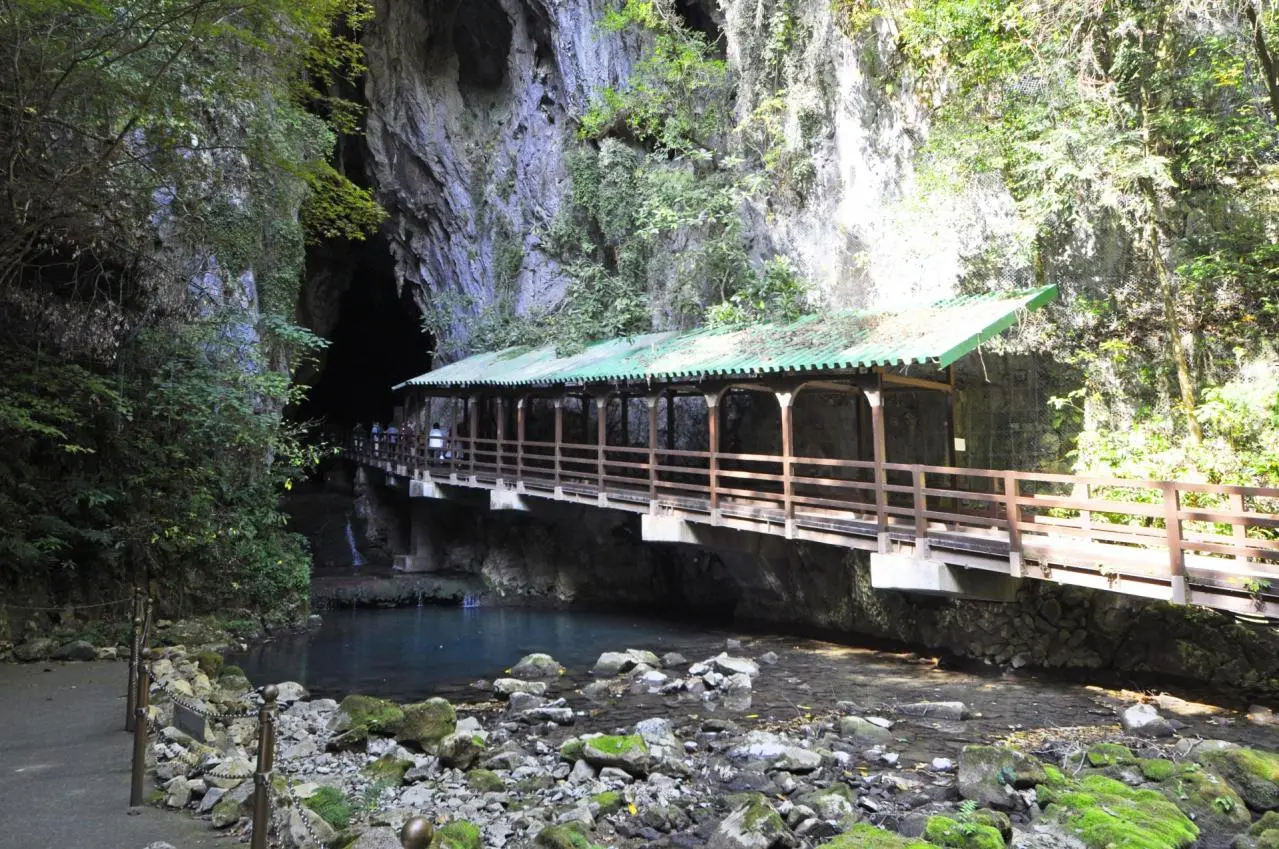
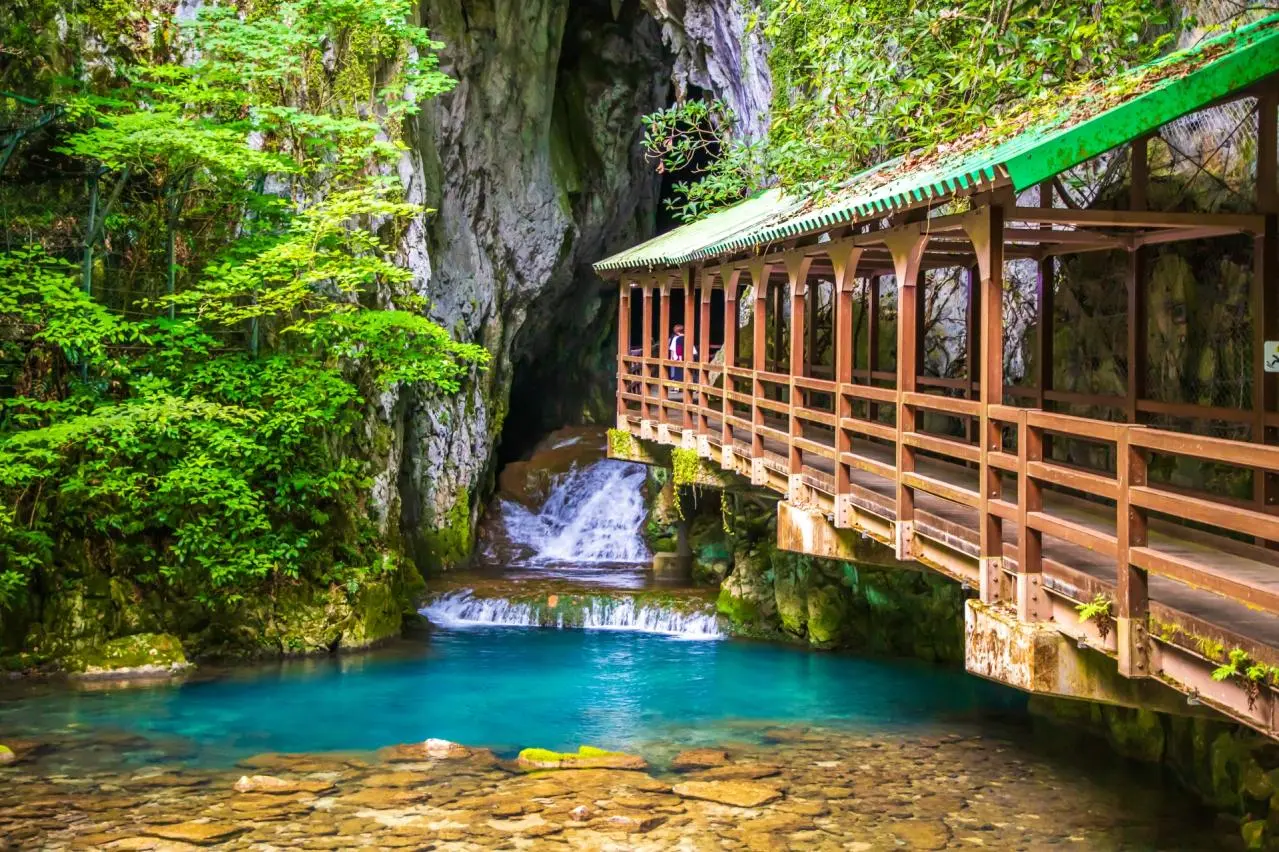
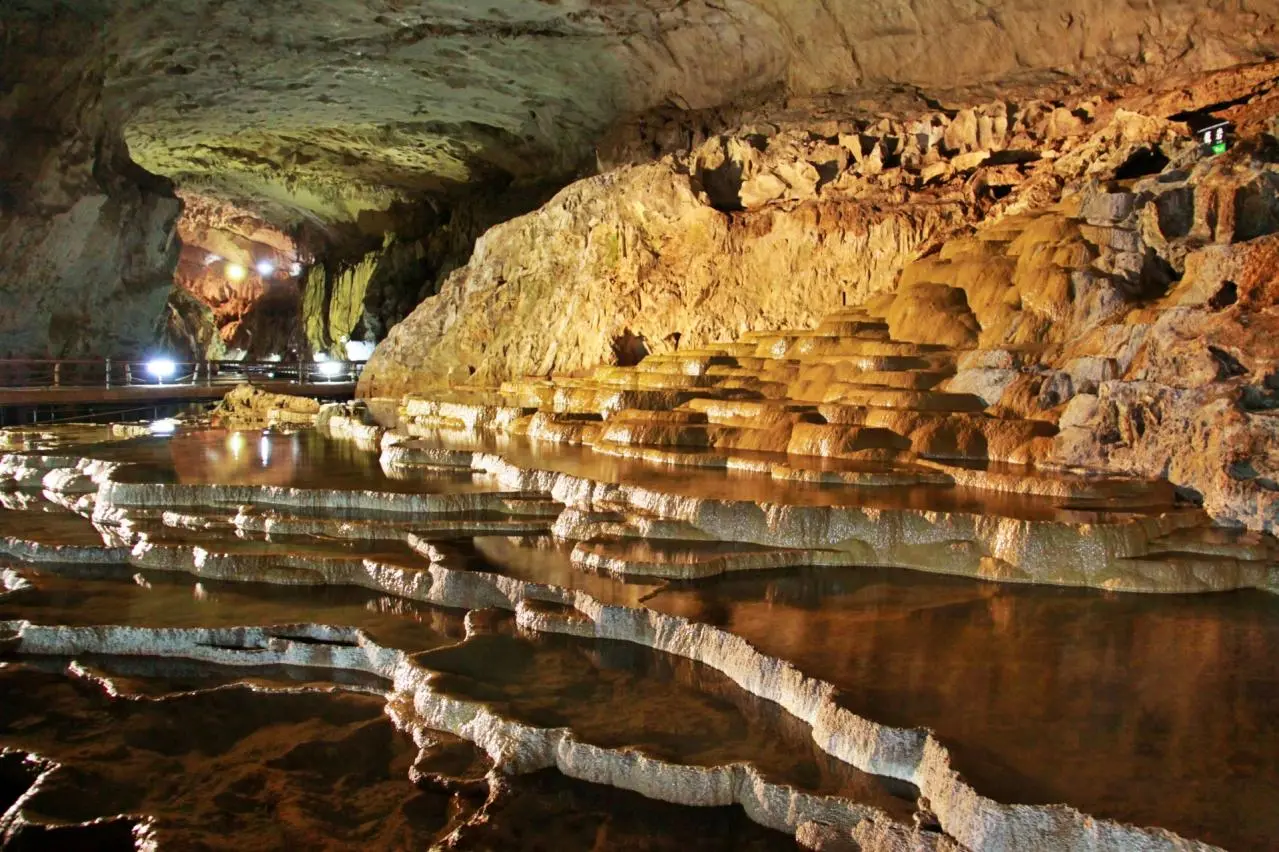

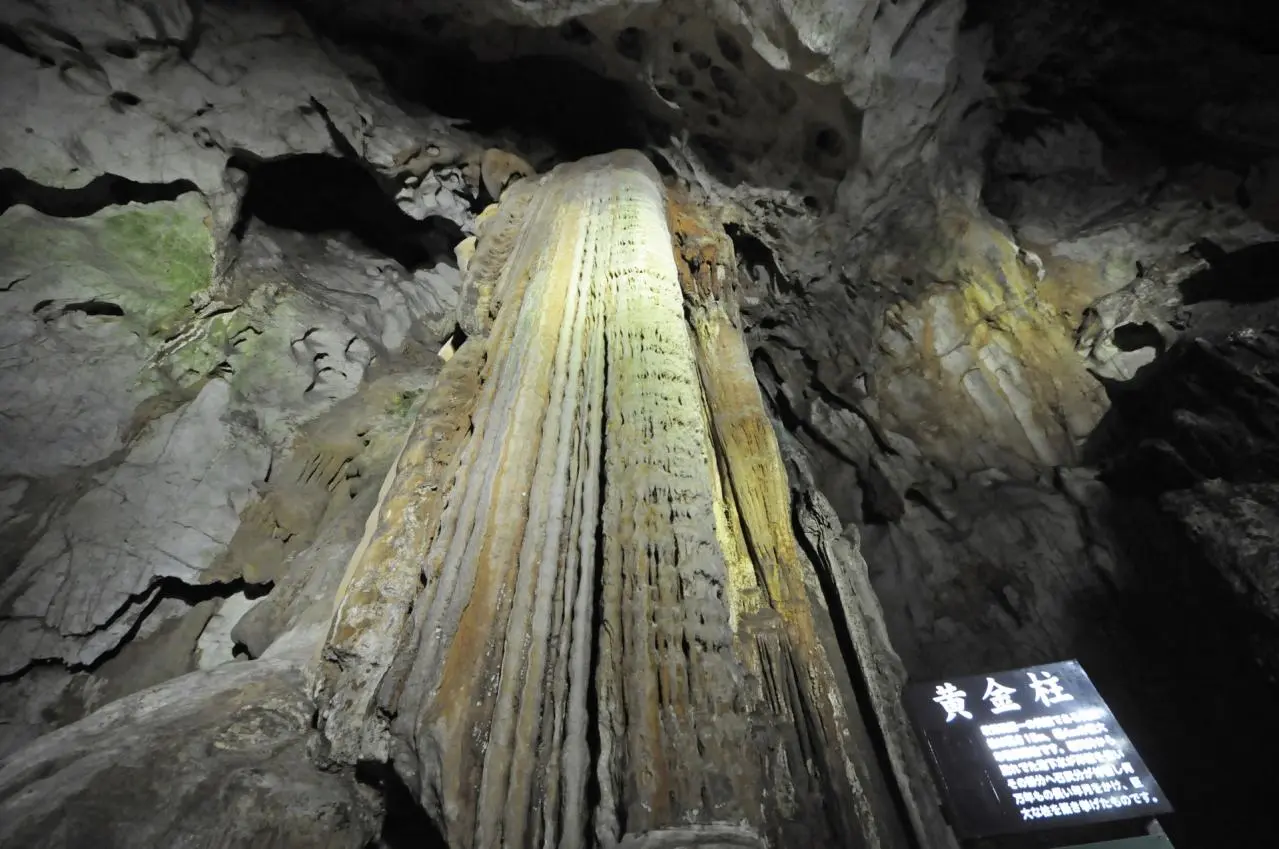
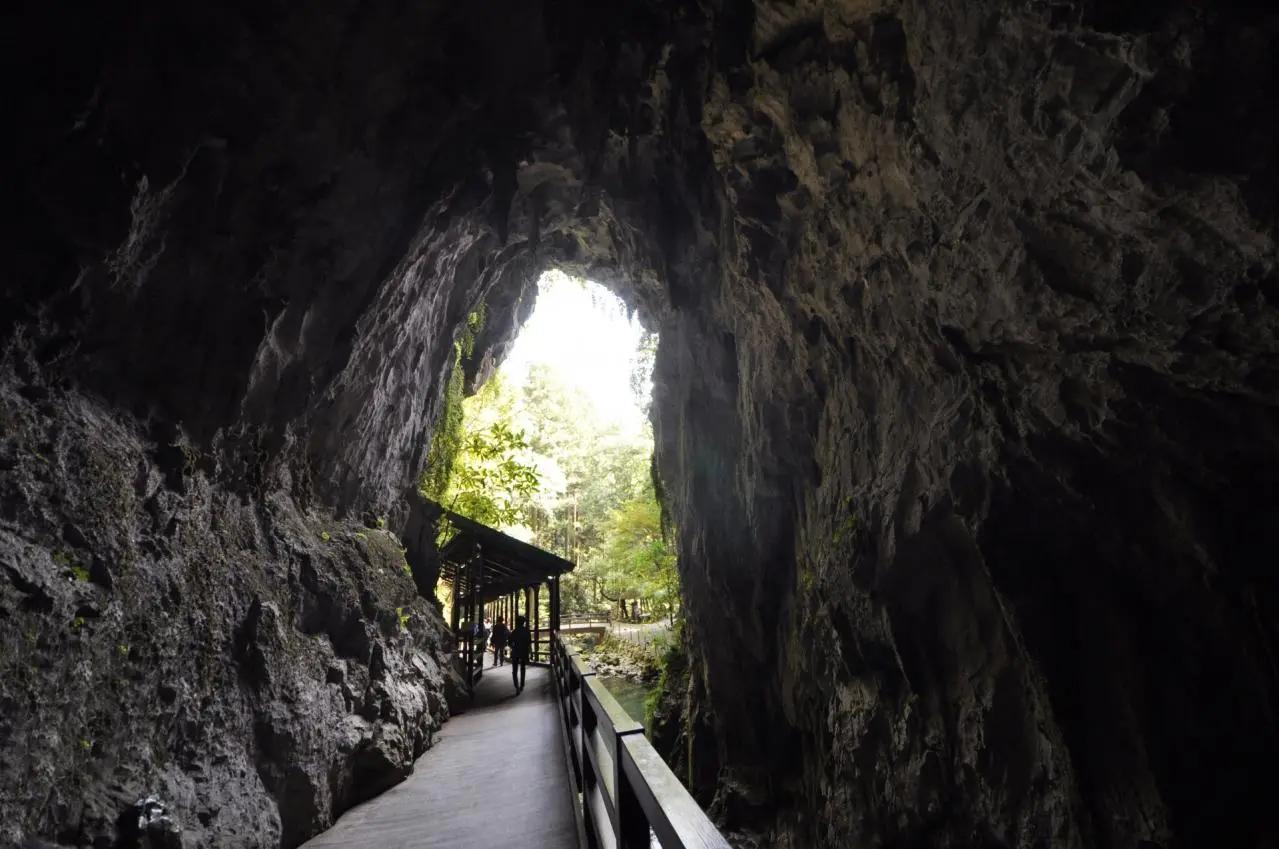
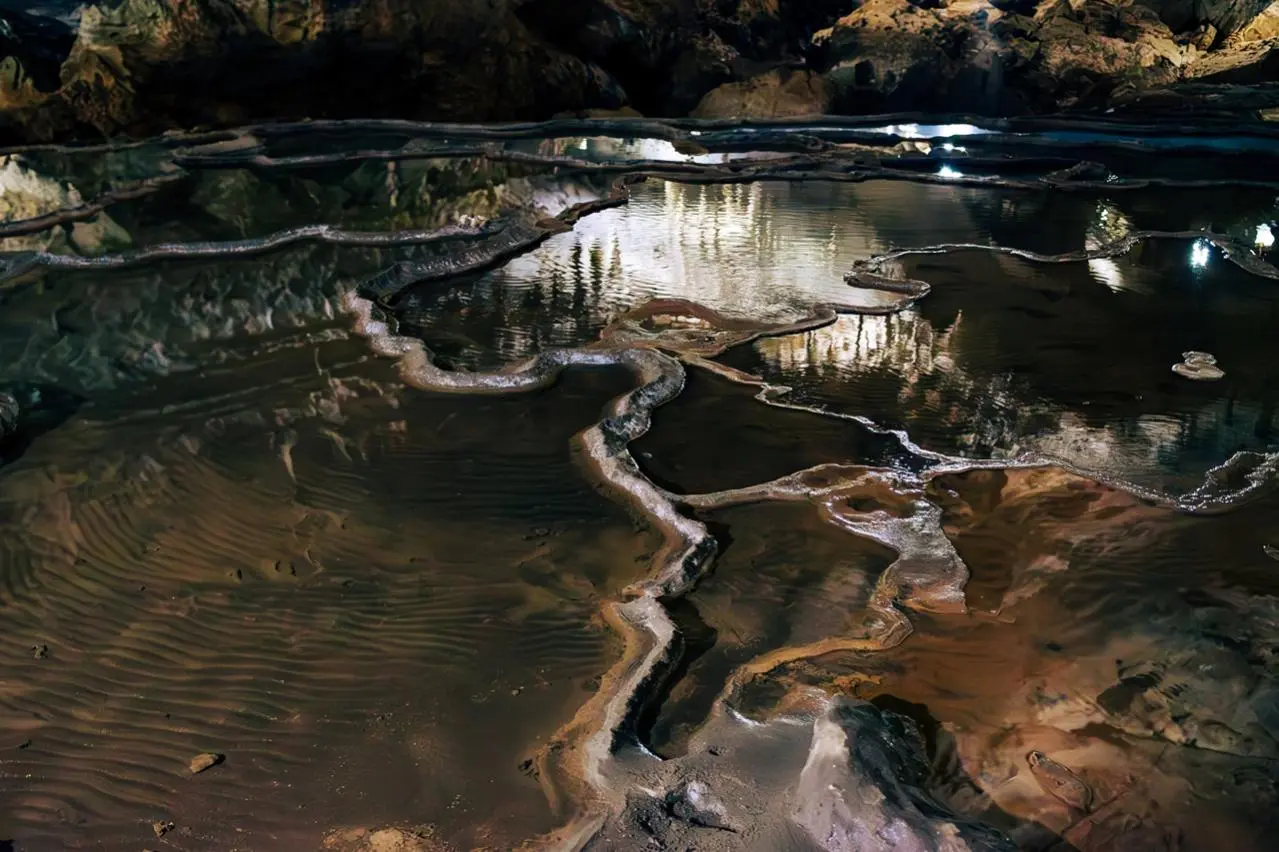
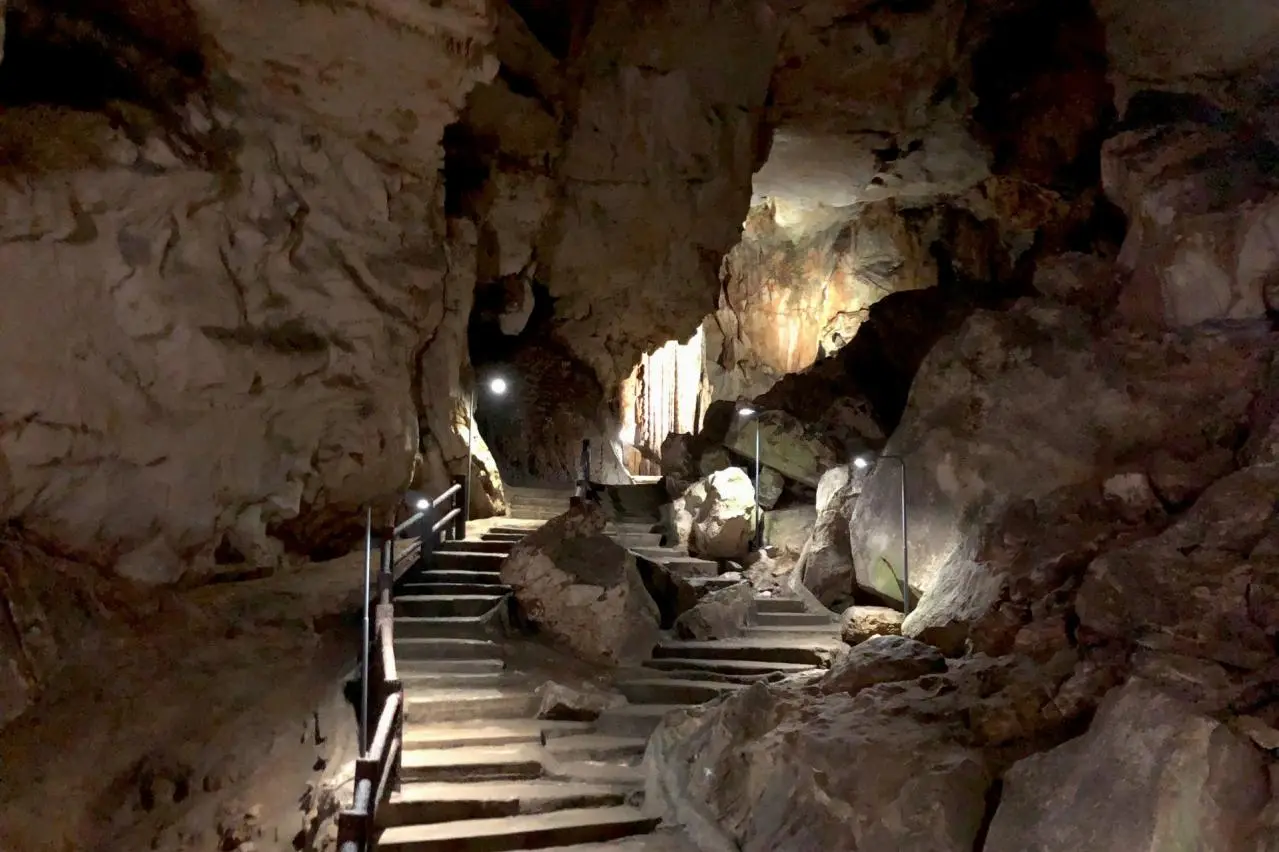

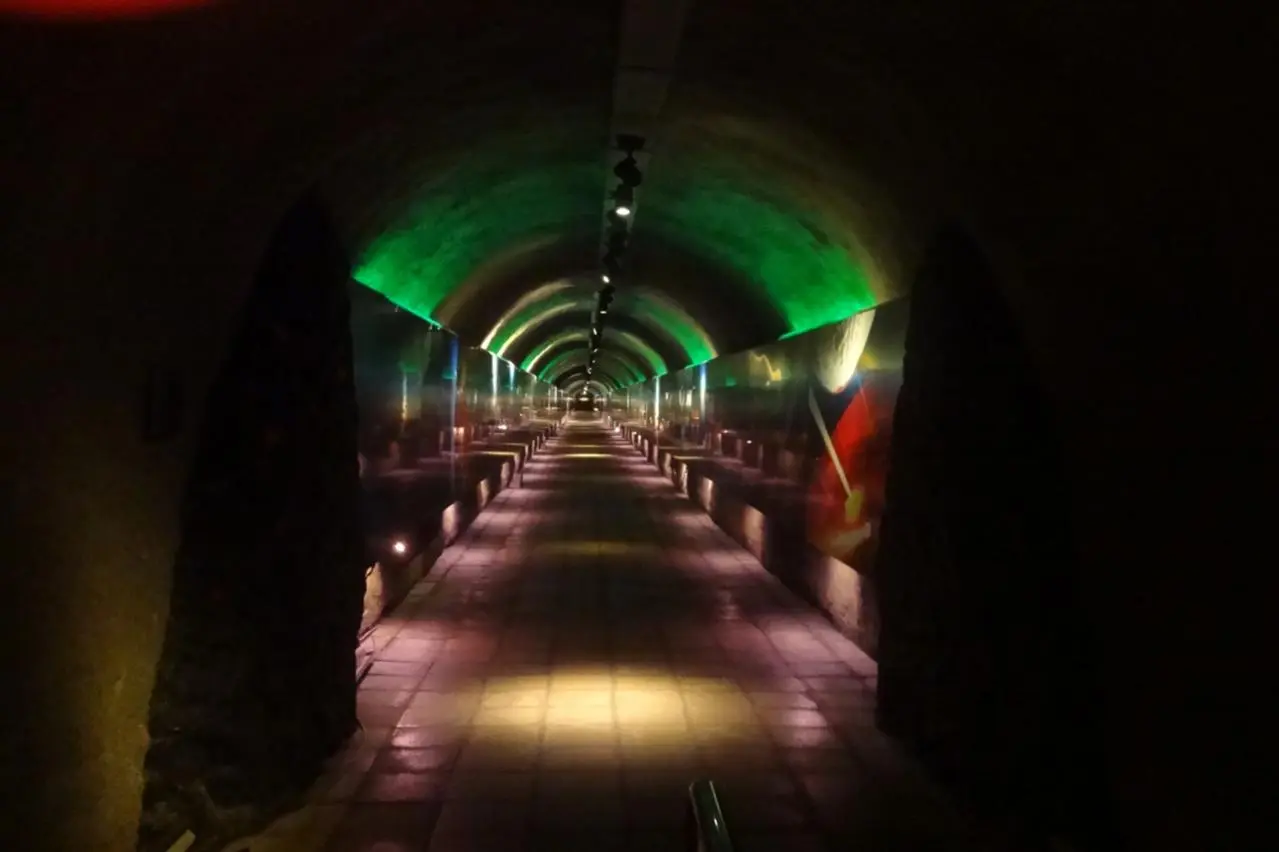
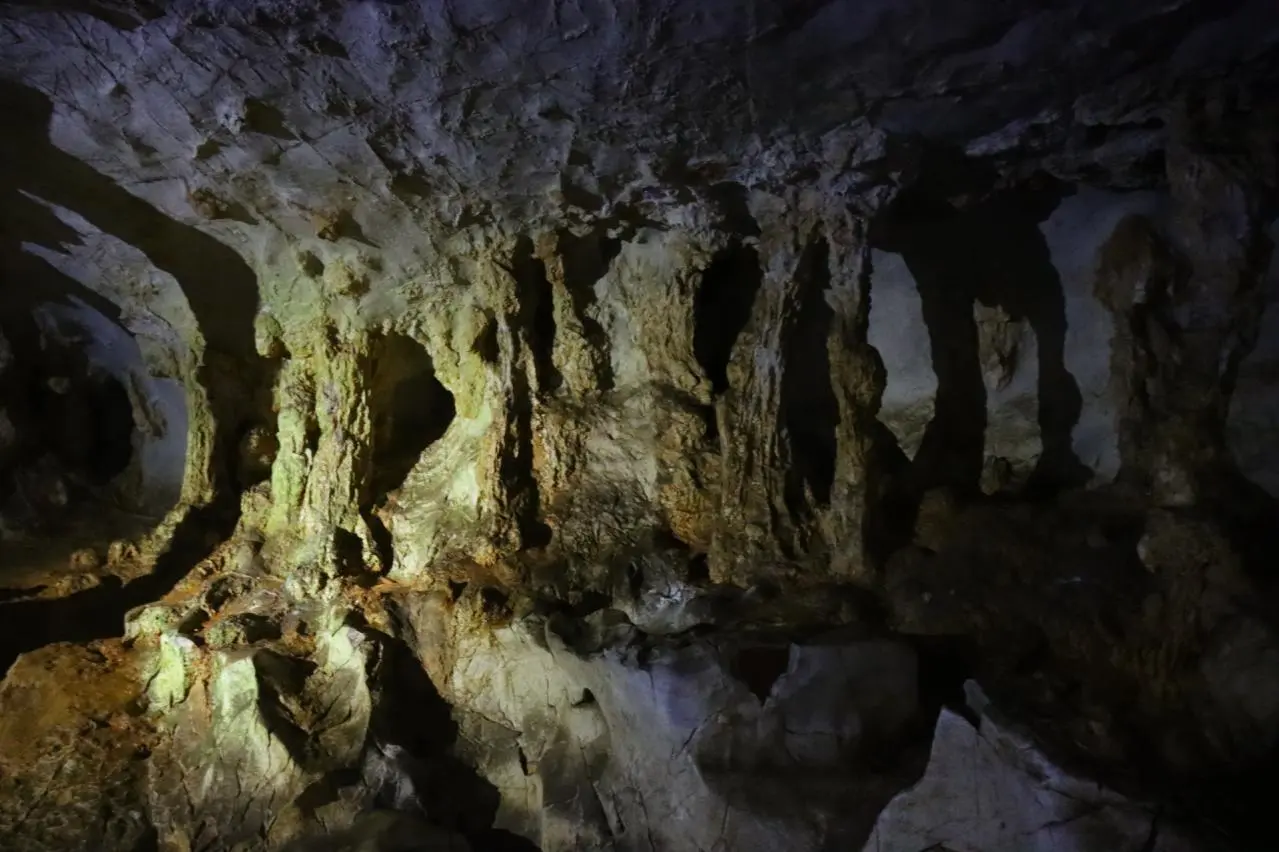
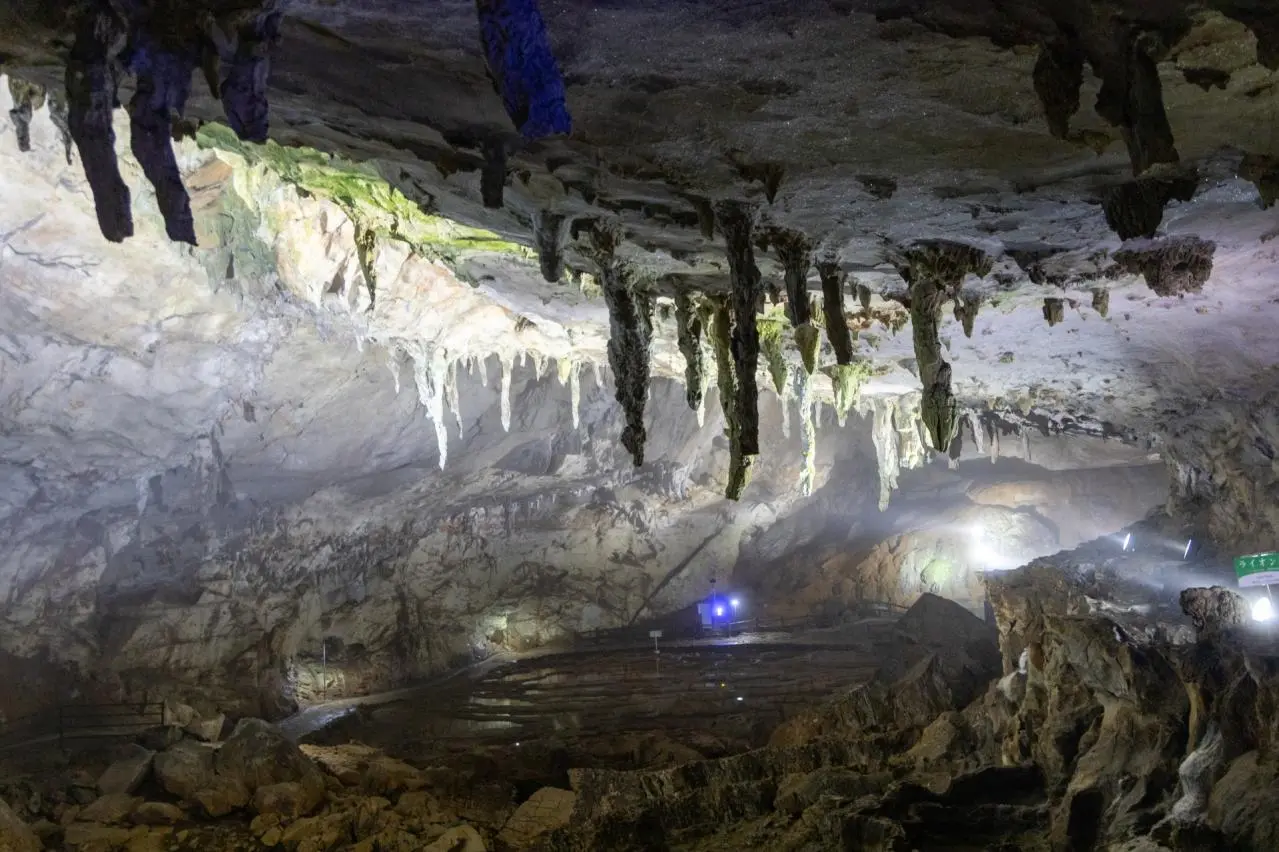
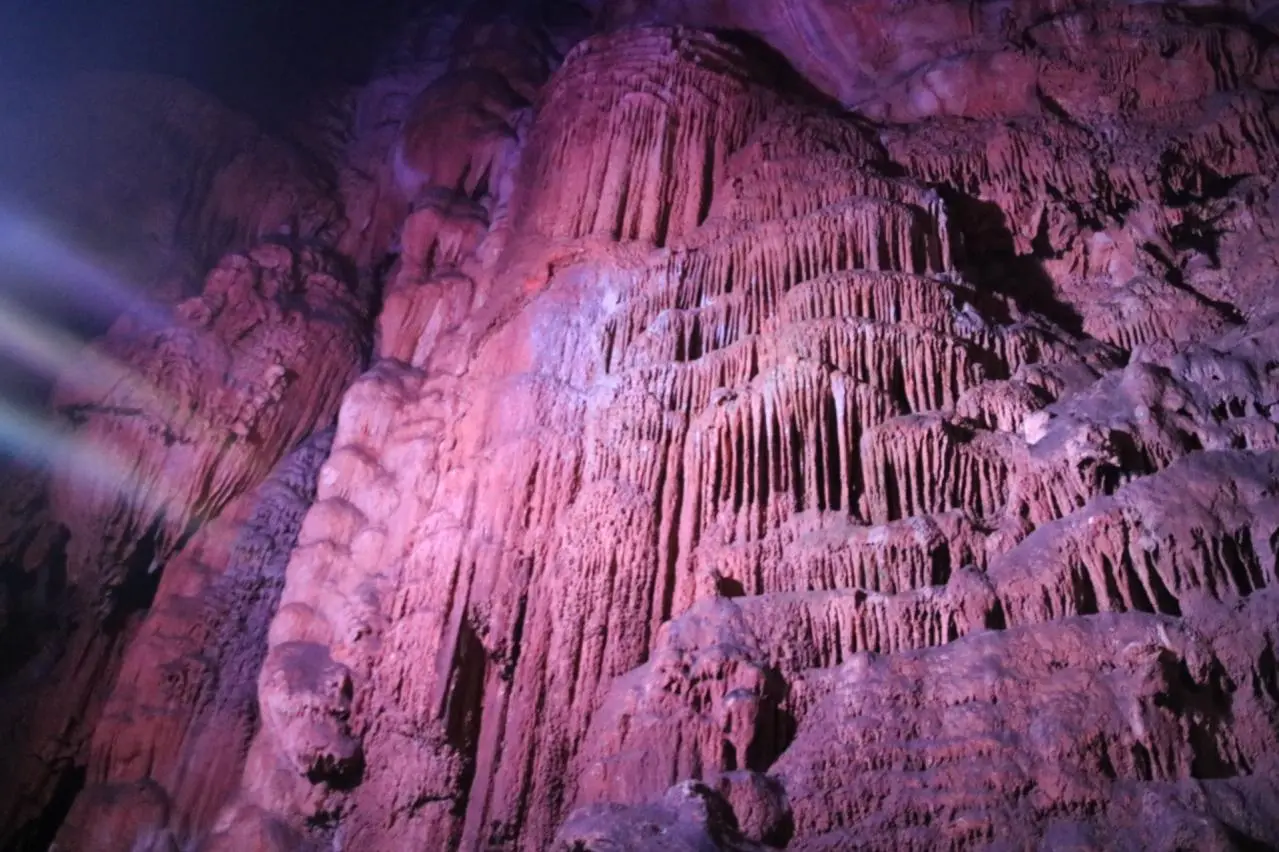
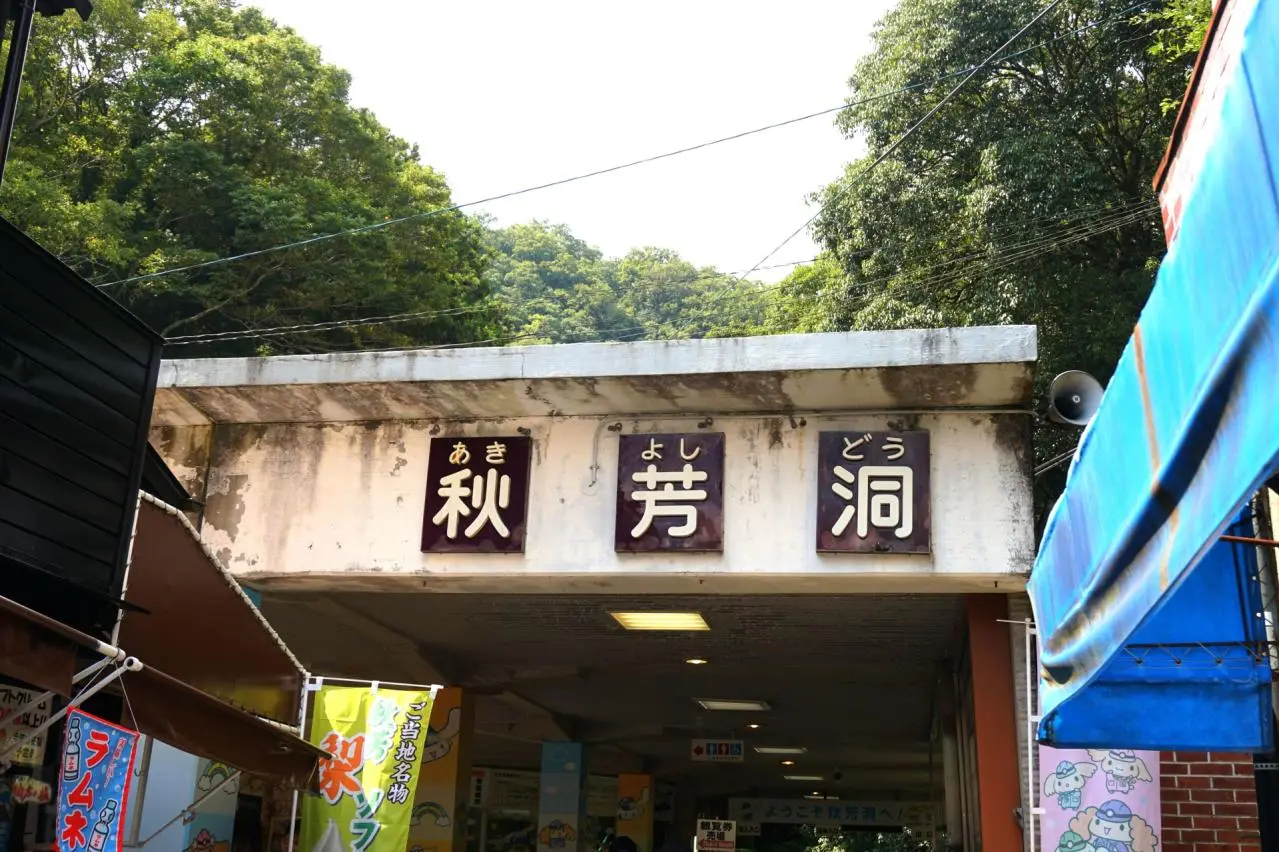

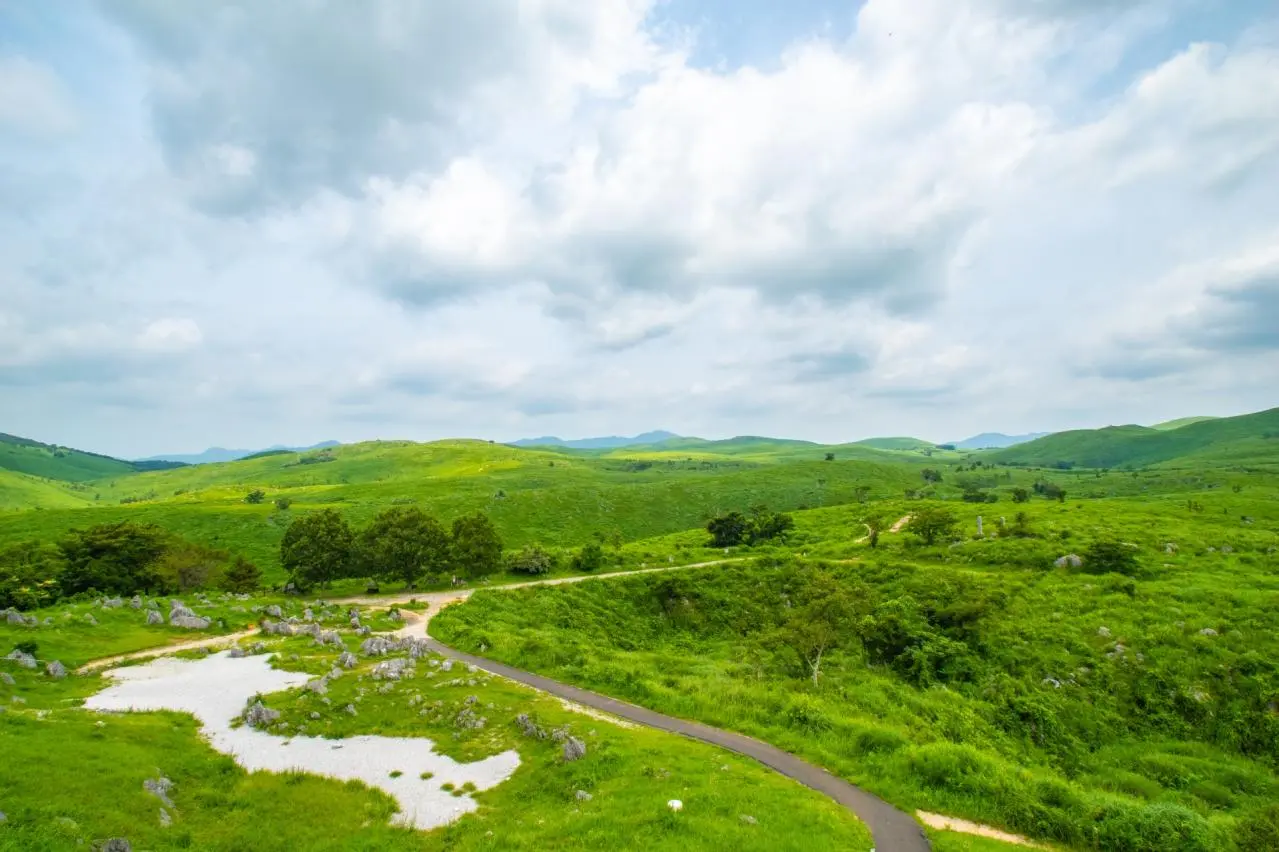
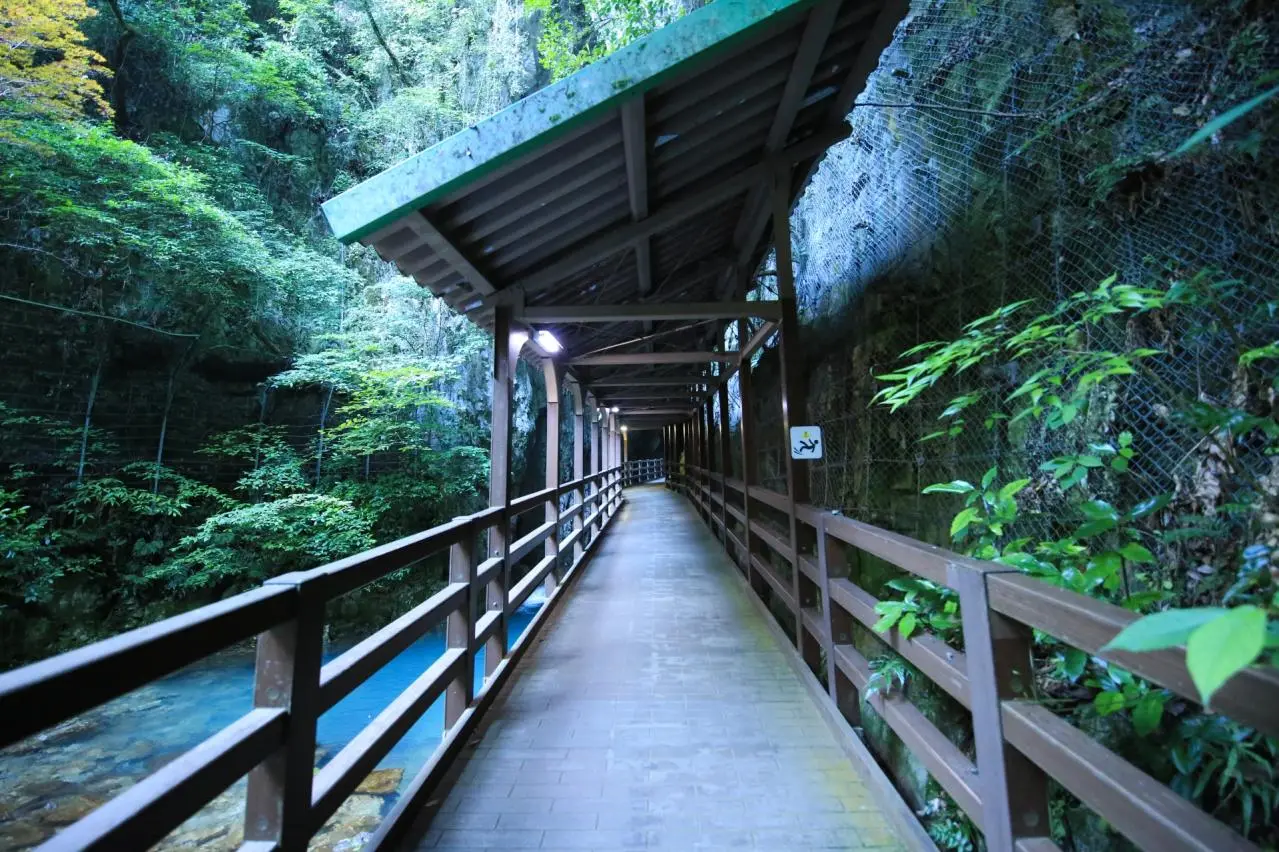
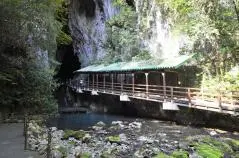
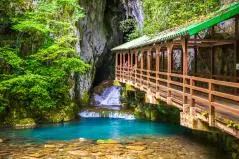
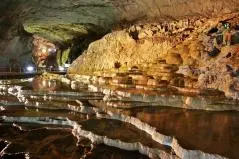
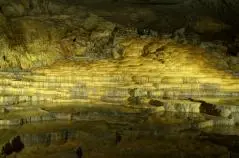
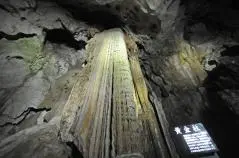
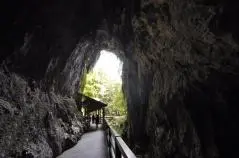
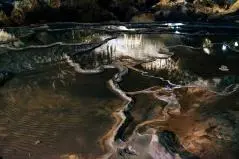

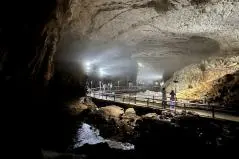
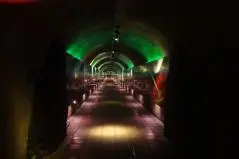
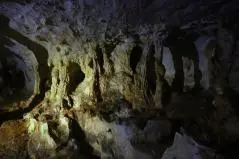
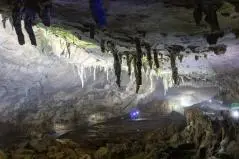
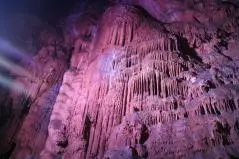

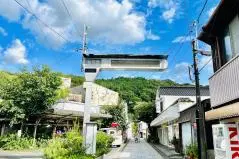





![[山口観光]日本最大級の鍾乳洞「秋芳洞」と周辺観光(秋吉台、別府弁天池)](https://i.ytimg.com/vi/rWc1OQvbuzc/mqdefault.jpg)




